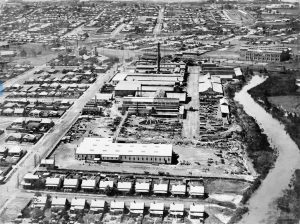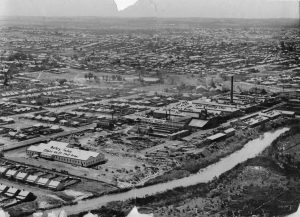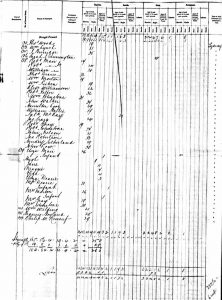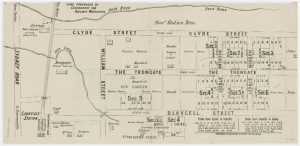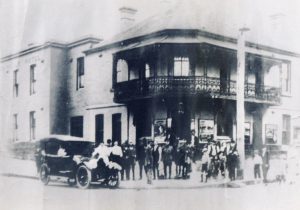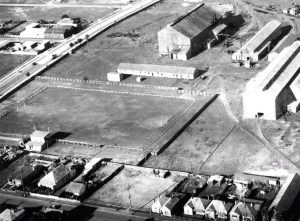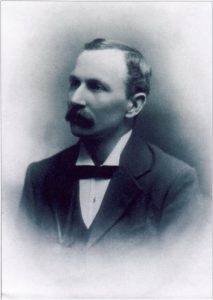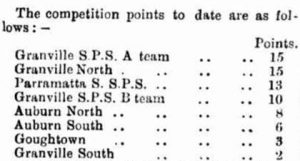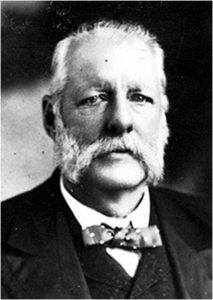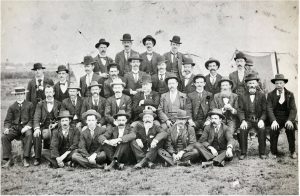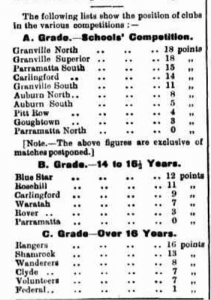It is worth noting that there was a real international spirit attached to this exciting final. The south side of the Granville rail line was unquestionably Scottish. Since the late 1870’s the parcel of land south of William Street bounded by Blaxcell and Clyde Streets was the New Glasgow Estate and the area was affectionately known as “Little Scotland” well into the mid 1900s. The name Clyde was taken from the River Clyde that flows through Glasgow.
The Shamrocks, however, was a club from the other side of the tracks where there was a distinctly Irish community. In fact, the area north of the rail line to Pitt Row (the row of parks on Pitt Street South Parramatta, which today include Jones Park and Ollie Webb Reserve) was called Irish Town for decades. One could just imagine the excitement from the day of the final hearing all the differing Scottish and Gaelic accents passionately cheering for their team and complaining about referee decisions.
At the conclusion of the second season, the Association was not content to award the C Grade winners just medals – the Nobbs Medals. On the night on Saturday 28 September 1901, the Association held its First Annual Dinner at the Granville School of Arts. With much cheer, pride and ceremony, the Association unveiled the Challenge Shield and awarded Clyde Engineering Football Club the honour of making history becoming the first team to win the Challenge Shield and to have their name perpetually engraved upon it.
Today the Challenge Shield is Australia’s oldest continuously played for soccer football silverware, and possibly the Southern Hemisphere…and we are proud it is still in Granville.
*Unfortunately, the Association does not have a Fred Barlow Medal to display. If you can assist the Association with obtaining a Fred Barlow Medal, your support would be greatly appreciated.
2019 Acknowledgments: The GDSFA wishes to thank and acknowledge the research of Noel Dona and the support of the Granville Historical Society, City of Parramatta Council Archives and historian and author Dr. Philip Mosely.

